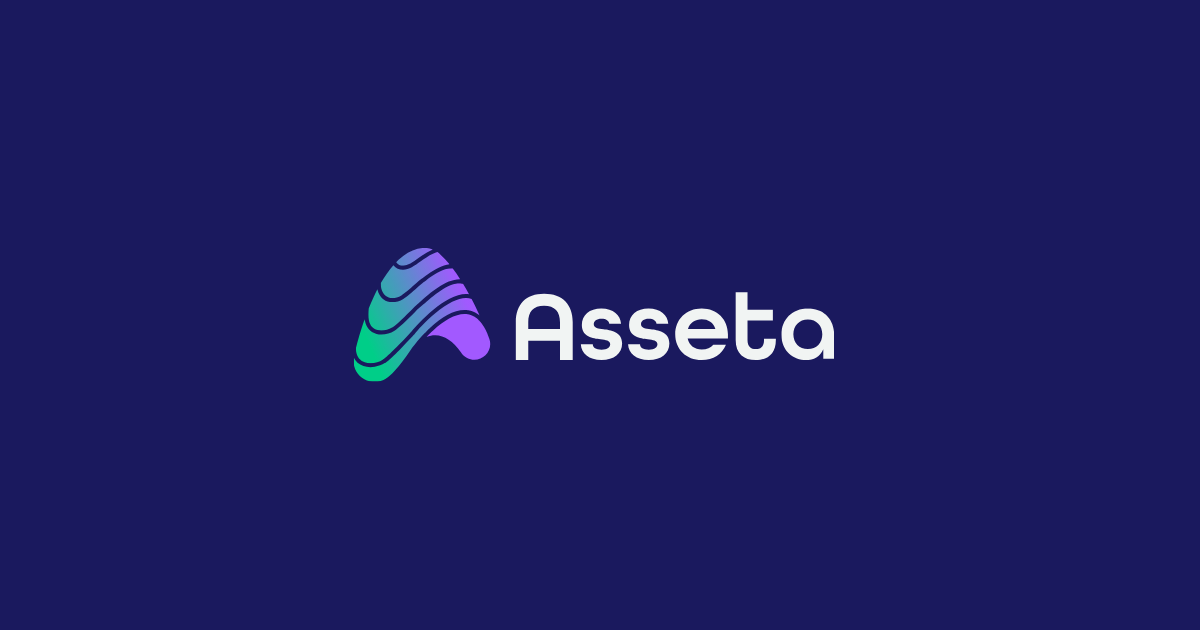A Top Technology Initiative Article
From the March 2013 Issue.
I’ve had the privilege of helping developers of many of the mainstream accounting software products in use in the U.S. market and the opportunity to follow many more over the last 30 years.
No trend has been more fascinating than the emergence of Software as a Service (SaaS) accounting that began in the late 1990’s and has accelerated in the last three years. Products at all levels from entry level to Enterprise capable have been built by competent engineers with vision.
SaaS products run entirely in a web browser. They eliminate installation of local software, or thick clients as they are sometimes called, on the desktop. SaaS also allows upgrades in mass inside a data center. SaaS products provide simpler integration with other accounting products whether they are SaaS or desktop based. Legacy products developed using old technologies have found new life by adding SaaS and mobile modules.
This mixture of desktop and SaaS or the hybrid approach seems to solve many business issues with minimal disruption. We expect continued innovation in products using the SaaS model because it drives out so much cost on the development and support side, and also provides benefit to the end user.
The Shift
We have seen more new accounting products developed in the last three years than in the decade from 2000-2010. By latest count, there are over 25 new products, some of which are in the market, and some which will arrive in 2013 and beyond. The products are thoughtfully developed, have specific target markets, well-defined capabilities, and solve specific business problems.
Sometimes the products have been developed by well-established publishers such as Intuit or Sage, and other products have been developed by start-ups such as Monchilla or Aplos. If you believe that products that are SaaS can’t solve your client’s business issues, you may wind up being sadly mistaken.
Products that are quite robust such as SAP’s Business by Design, NetSuite, Intacct or Financial Force have high end features similar to mid-market products of the past. Entry level products such as SageOne, FreshBooks, Wave Accounting, Less Accounting, Xero, Accounting Relief, or QuickBooks Online have evolved quickly over the last two years to become much more robust than when they were first released.
My current rule is that if you have not looked at a SaaS product within the last six months, you can’t be sure of what the product looks like or what it is capable of accomplishing. The user interface on a number of these products has changed notably in the few months. Many vendors have updated their product to be more mobile or tablet friendly.
The software publishers are learning about what makes a SaaS product easy to use and what makes them more functional and faster. Usability features including colors, dashboards and quick lists are all features of the latest SaaS applications.
As an interesting example of focusing on accountant usability, Xero has the capability to generate a financial statement package as part of the base offering. QuickBooks Online has banking matching feature that allows for rapid import of electronic banking transactions.
Even traditional desktop products are now routinely hosted in cloud data centers. Products in this category include QuickBooks, Sage 50 (formerly Peachtree), Sage 100 (formerly MAS 90), Open Systems TRAVERSE, Dynamics GP and many other mid-market products. Beyond simple hosting, these publishers are routinely extending their product offerings by adding a SaaS service such as Sage Payments.
A number of these products have been mobilized by synchronizing key data into a web site and/or by creating a mobile application. Products may be extended by adding a more sophisticated capability such as Avalara AvaTax for sales tax calculation and filing or Concur Small Business for expense reporting.
Other products are extending their capabilities by offering SaaS enabled modules. For example, CYMA has an extensive Human Resources system to support their payroll processing that is web-enabled and “SaaSy.”
Sage developed some of the best mobile applications we have seen to date that integrate into their traditional desktop offerings such as Sage 50, Sage 100, Sage 300 and Sage 500 for CRM, order taking and dashboards. QuickBooks has been extended by third party SaaS products that produce dashboards such as Insperity Reveal.
The Results
This SaaS shift into web and mobile by most software publishers has provided end-users the capabilities they need without large infrastructure investments. More important, new capabilities can be added for monthly fees in the $5-29 range per user. Even high end, complete SaaS solutions keep costs below $200/user/month.
SaaS vendors such as Wave Accounting and Monchilla have made payroll very affordable with processing charges in the $1-5/employee/paycheck range. Intuit has integrated payroll with QuickBooks Online with three different offerings. Payroll integrated in the SaaS environment is very competitive with the major (“SaaS”) payroll offerings from ADP, Paychex, Ceridian and others.
One caution is in order, though. SaaS applications may not be as sophisticated or robust as traditional applications. You’ll need to check the capabilities you need against the features of a new application. However, for many users, a system that works reliably, is quick to deploy and implement and has well-defined interfaces provides a solution that will accomplish most of what is needed for most businesses.
The Opportunity
SaaS software gives us the opportunity to 1) work collaboratively with our clients, 2) replace aging systems with minimal up-front capital, 3) acquire new capabilities by simply adding on SaaS applications to solve specific problems, or 4) completely replace aging systems with new systems with sufficient capabilities.
How do these new capabilities fit into your needs and your practice? Can you create a new, higher value added service with these tools? Do you have clients that are processing accounting or payroll manually, or with traditional desktop products or with older generation products that should be replaced?
SaaS may not be for every client, but there is a high probability that you have one or more clients where a SaaS solution can make sense. Alternatively, hosting of traditional desktop applications can also enable collaboration. Most desktop applications have now been extended with SaaS and mobile applications. What are your needs, and what are your client’s needs? Can they be met through the new generation SaaS applications? If you haven’t looked at accounting applications lately, you may be surprised at how SaaSy they have become.
Thanks for reading CPA Practice Advisor!
Subscribe Already registered? Log In
Need more information? Read the FAQs
Tags: Small Business, Technology





